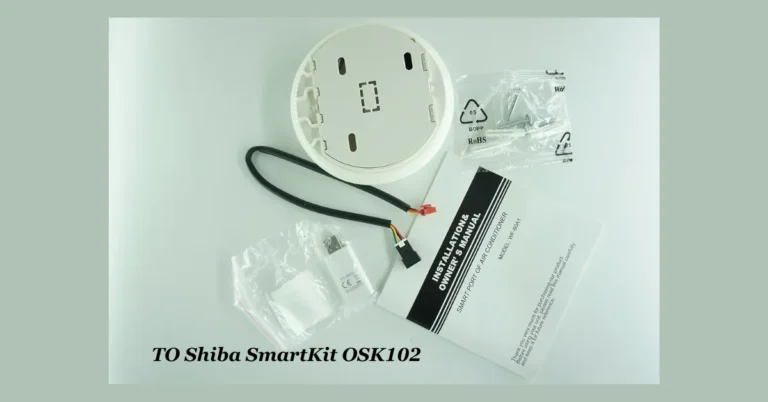Selling Soon? Here’s How to Get Top Dollar for Your Home
Selling a home is a major decision, whether you’re upgrading to a bigger space, relocating for work, or simply ready for a change. Regardless of your reason, you need to approach the sale with a clear strategy. Even in a state like South Carolina, where the market remains fairly steady, maximizing your home’s value requires careful planning. With the right improvements, pricing, and marketing techniques, you can attract buyers willing to pay top dollar.
This guide will walk you through eight essential steps to get the best possible return on your home sale.
1. Understand Your Market
Before setting an asking price or making upgrades, take the time to understand the real estate market in your area. Look at recent sales in your neighborhood and compare properties similar to yours. Are homes selling quickly? Are prices trending upward or holding steady? If demand is high and inventory is low, you may be in a seller’s market, which gives you more leverage to price your home higher. However, if buyers have many options, you might need to be more competitive with your pricing and presentation.
2. Funding Home Improvements: Is It Worth It?
Home improvements can increase your property’s value, but major upgrades require financial investment. In a state like South Carolina, where the cost of living is relatively low, renovations can provide an even greater return if done wisely. The challenge is that big projects come with big costs. If you don’t have cash on hand, a home equity loan may be an option.
It is a type of loan where you can borrow against your home’s current value. Your property itself is the collateral here. The amount you can borrow depends on factors such as how much equity you’ve built, your credit score, and market conditions. Home equity loan rates in South Carolina fluctuate, influenced by overall economic trends and your financial profile. If you’re considering this route, shop around for the best rates and make sure the cost of borrowing doesn’t outweigh the potential return on your investment.
3. Prioritize High-Impact Upgrades
Not all renovations are created equal when it comes to return on investment. Some projects yield a high return, while others may cost more than they’re worth. Focus on improvements that provide noticeable value without breaking the bank.
Kitchens and bathrooms are often the best places to invest. Replacing outdated countertops, upgrading appliances, or refreshing cabinets can make a big difference in how buyers perceive your home.
Curb appeal is equally important. A well-maintained exterior can set the right tone before buyers even step inside. Consider landscaping upgrades or refreshing the paint on your home’s front door to make it more inviting.
4. Declutter and Depersonalize
When buyers walk into a home, they want to picture themselves living there. If your space is filled with personal belongings, family photos, and clutter, they might not be able to do that. A clean and neutral home allows potential buyers to envision their own furniture, décor, and lifestyle in the space.
Therefore, it would be wise to remove excess furniture and create a more open feel. Also, pack away personal items like framed photos, collections, and memorabilia. Clear off kitchen counters, organize closets, and make storage areas look as spacious as possible. A decluttered home feels bigger, brighter, and more inviting—qualities that can help it sell faster and for a better price.
5. Stage Your Home Like a Pro
Staging doesn’t mean turning your home into a model showroom, but it does mean making thoughtful choices to highlight its best features. Properly arranged furniture can make a space feel larger and more functional. Good lighting creates warmth and ambiance. Small decorative touches—such as fresh flowers, cozy throws, and stylish table settings—can enhance the overall appeal.
If you’re unsure where to start, professional home stagers can offer guidance or even handle the process for you. They understand how to make a home feel more inviting and move-in ready, which can ultimately translate to a higher selling price.
6. Invest in High-Quality Listing Photos
Nowadays, it’s not just clothes that people search for online – they even begin house hunting virtually (at least initially). This means that your listing photos are the first impression they’ll have of your home. Poor-quality images, bad lighting, or messy rooms can turn buyers away before they even schedule a showing.
Investing in professional real estate photography is a small expense that can make a significant impact. A skilled photographer knows how to capture your home’s best angles, use natural lighting to highlight its features and make spaces look as spacious and inviting as possible.
If hiring a professional isn’t an option, at least ensure your home is well-lit, clean, and staged properly before taking photos.
7. Market Aggressively
No matter how beautiful your home is, it won’t sell if buyers don’t know it’s available. A strong marketing strategy is essential for attracting the right audience and maximizing your home’s exposure.
Online listings are the foundation of modern real estate marketing. Your home should be featured on major real estate websites with high-quality photos, a well-written description, and key details that make it stand out. Social media platforms can also be powerful tools for reaching potential buyers, especially if your agent or listing service uses targeted advertising.
Beyond online marketing, traditional methods like open houses, printed flyers, and word-of-mouth referrals can still play a role. The goal is to make sure as many people as possible see your listing so you have a better chance of finding the right buyer quickly.
8. Negotiate Wisely
When offers start coming in, it can be tempting to jump on the highest one immediately. However, the highest offer isn’t always the best offer. It’s important to evaluate all aspects of a buyer’s proposal, including financing terms, contingencies, and closing timelines.
For example, an all-cash offer with fewer contingencies may be preferable to a slightly higher offer that comes with financing risks or demands for extensive repairs. If multiple offers are on the table, negotiating strategically can help you secure the best possible terms.
A real estate agent can provide guidance during negotiations, helping you understand what’s fair and when to push for better terms. A well-negotiated sale ensures a smooth closing process and maximizes your final payout.
Selling your home for top dollar requires more than just putting a price on it and waiting for buyers to show up. From funding upgrades and strong marketing to smart negotiations, every step in the process plays a role in maximizing your profit. With the right approach, your home sale can be both successful and financially rewarding, making your next move a smooth and profitable transition.






